For the last ten years most of my work as a composer has sprung from two interconnected themes; ‘the environment’ and ‘place’. In other art forms there is a way to weave in a direct message, but with music alone you are really just dealing with patterns and implied emotions. It’s inevitably more oblique. Since I love collaborating and interdisciplinary work, this has all fitted together quite naturally for me, and involving other art forms has been common practice.
In 2017 I released an album and toured the UK with a project called In Place. This involved commissioning new texts from a range of writers engaged with place including Daljit Nagra, Robert Facfarlane, Richard Skelton, Jackie Morris, Nick Papadimitriou, Paul Farley, and Selina Nwulu. These texts ranged from nature writing to psychogeography and ideas around our personal place in society. This ever-evolving project began as a song cycle, mutating into a concept album, radio podcasts, music videos, remixes and education projects.
In 2019 I was commissioned to write Earth Voices, a large-scale orchestral work for a Swedish orchestra. Earth Voices is a celebration of noticing the magnificent and fragile things in our natural world. It was pure orchestral writing with no texts, and I attempted to portray different natural phenomena in each of the movements. There were bird murmurations, sunlight through trees, majestic mountains, and a slow twilight.
I have just finished composing a second orchestral work Hearing Places, which is in many ways an amalgam of the previous two pieces. Instead of using text or just orchestral colour, Hearing Places blends field recordings and video clips into a multi-sensory experience for the concert hall. Again it celebrates the noticing of our surroundings, engaging the listening with a close affinity with place in both nature and man-made environments. The specific locations are all in Wales: Port Talbot Steel Works, Porthmadog Harbour, Dylan Thomas’s writing hut in Laugharne, Solva Woollen Mill, a stream in the Brecons, Cardiff Central Square, and Llanfwrog Church, Ruthin.
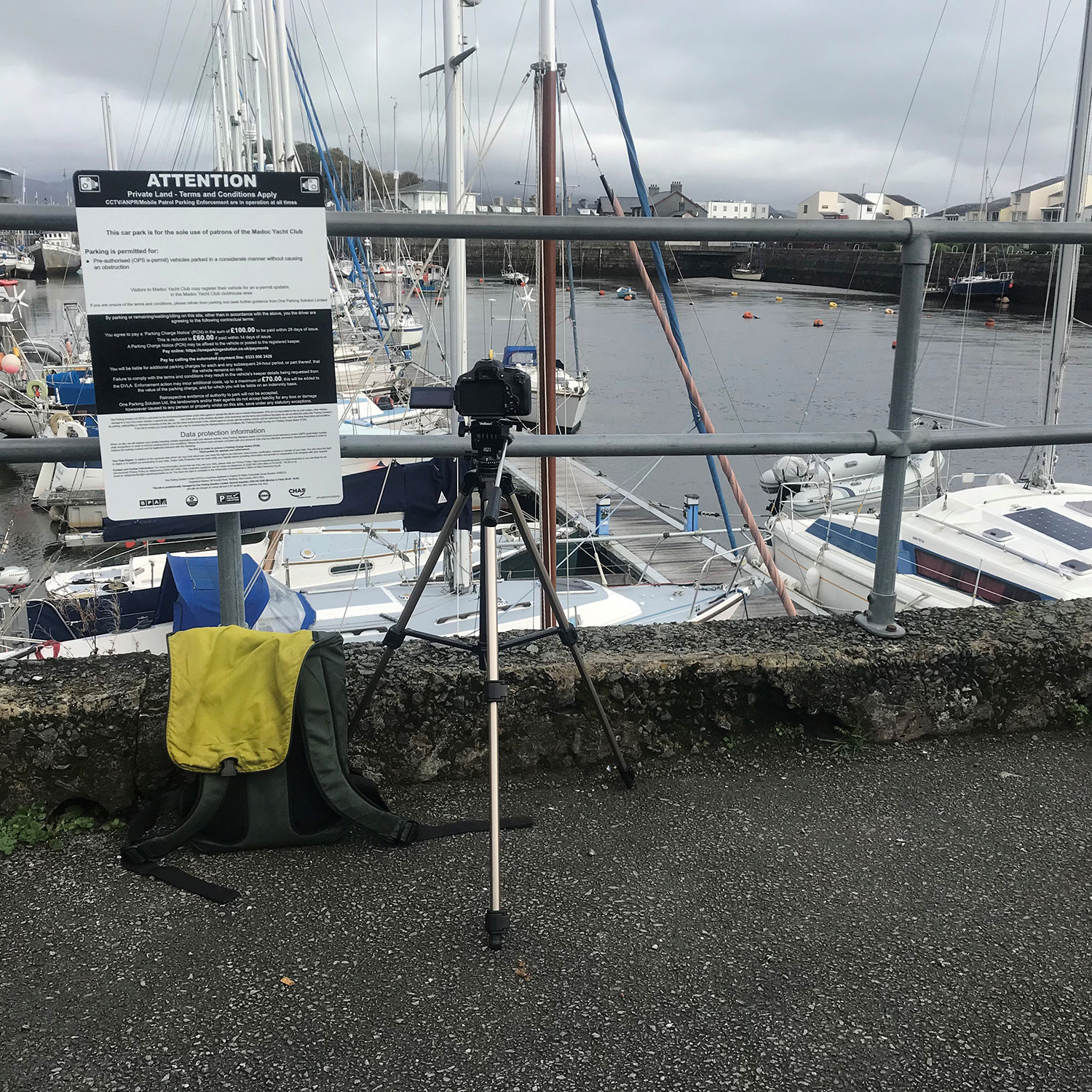
With this suite of seven movements I am aiming for a new kind of symphonic experience. It involves immersive listening, and a way of sharing in the noticing of often inconsequential, yet hugely-beautiful sounds. The music aims to capture both the delicate fragility and massive power of our world, and to illustrate simply what we stand to lose in the environment crisis we are now in. It is my view that through the act of noticing our surroundings, we can begin to value our world more. Natural elements are frequently referenced in the music (weather, times of day, natural phenomena and the seasons), as are the human imprints left in our world (machinery, vehicles, pattern-making, conversation).
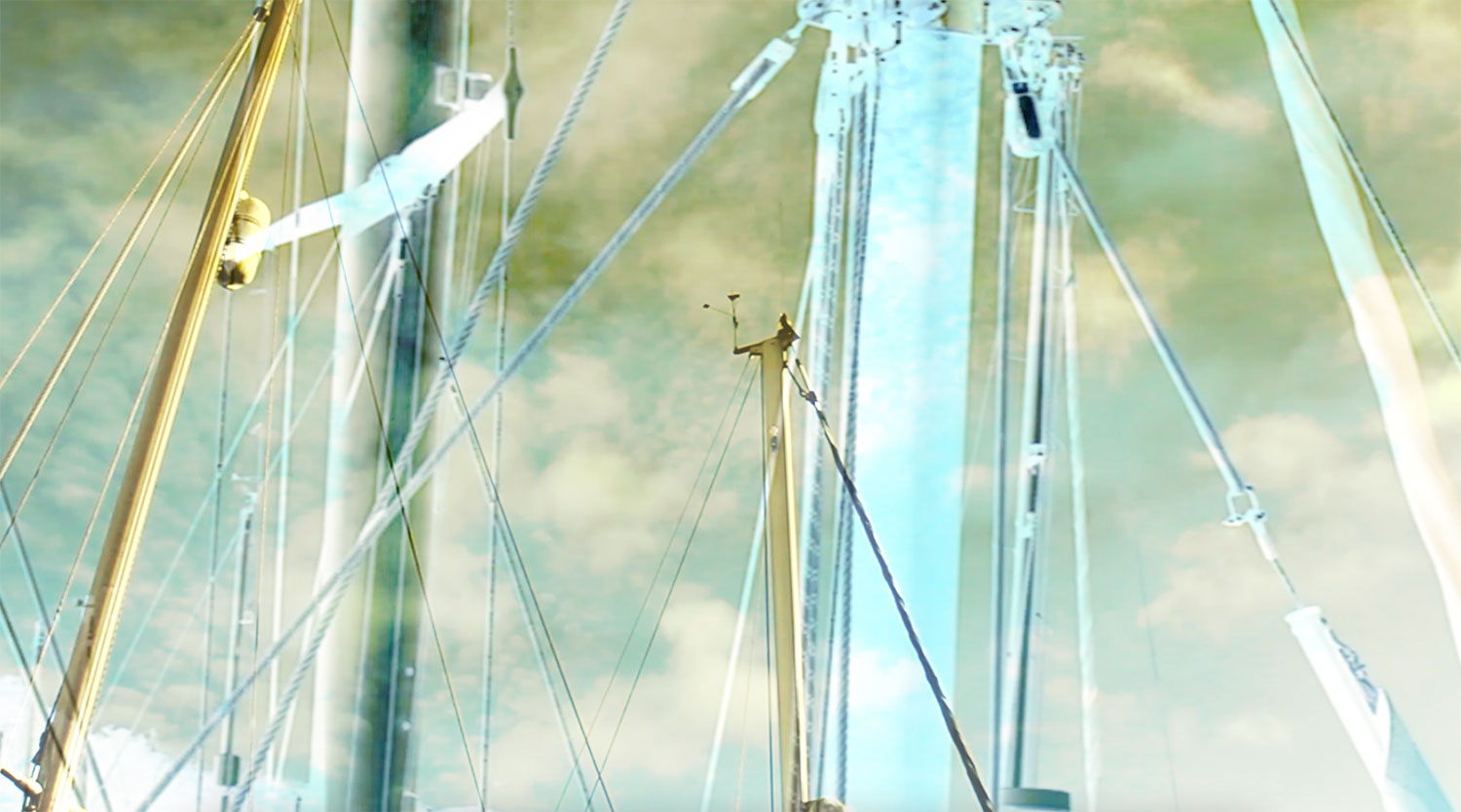
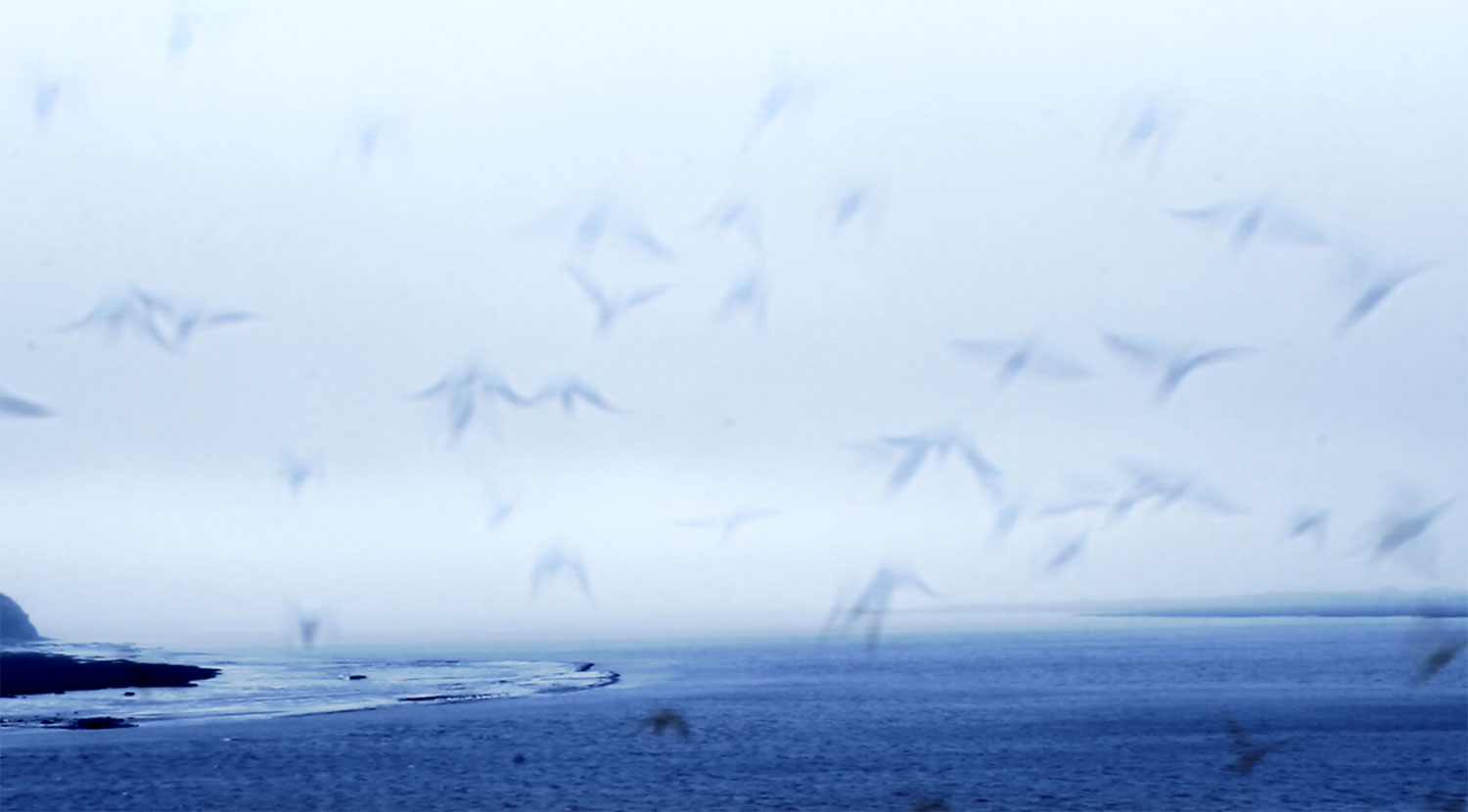
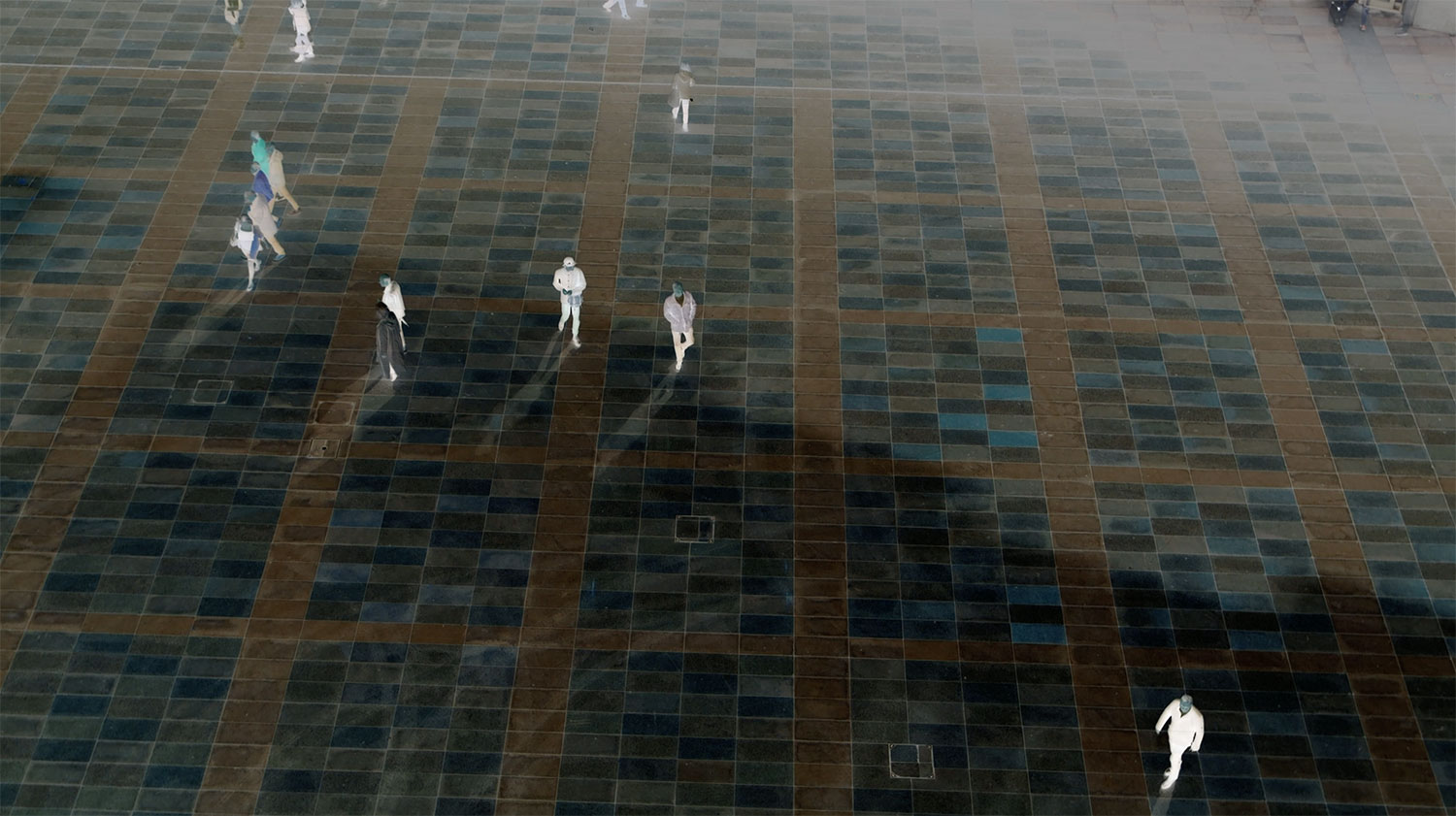
Hearing Places celebrates the rich audio and visual patterns found all around us, and I’ve spent the last year travelling to all corners of Wales collecting field recordings and video clips of interesting places that have captured my imagination.
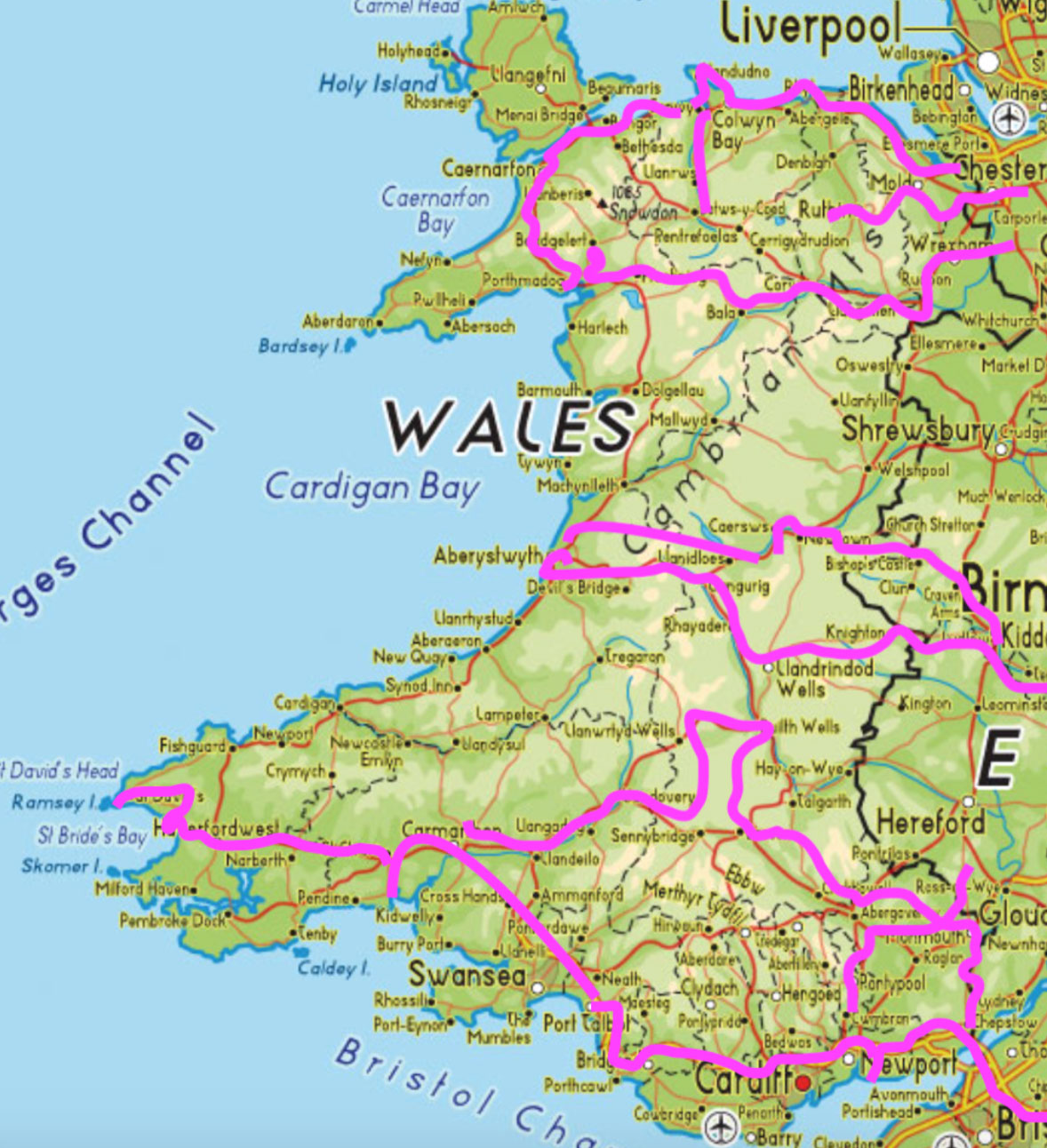
These small building blocks of pitch, rhythm, and pattern in turn then became the materials for the creation of the music itself. Sometimes I simply made a natural emotional response in terms of mood and feeling, and at other times took a more forensic approach. The audio forms a strand of the orchestral fabric, woven differently in each movement, and is ‘played’ from within the orchestra by the keyboardist. Similarly, the video clips form an additional textural layer for the audience, and likewise are triggered by the keyboard in different ways. Sometimes a place may be recognizable, but very often it remains abstract and mysterious.
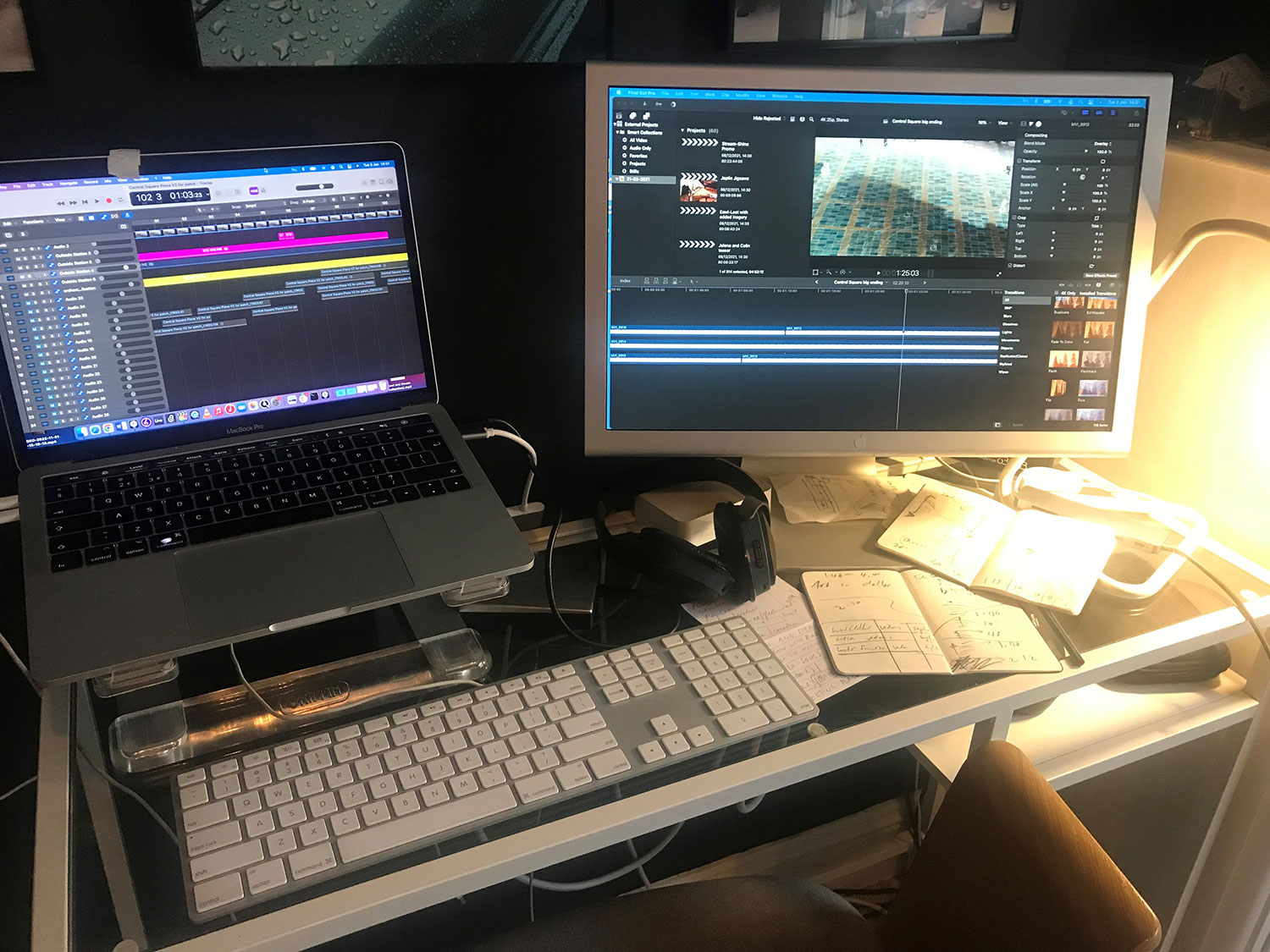
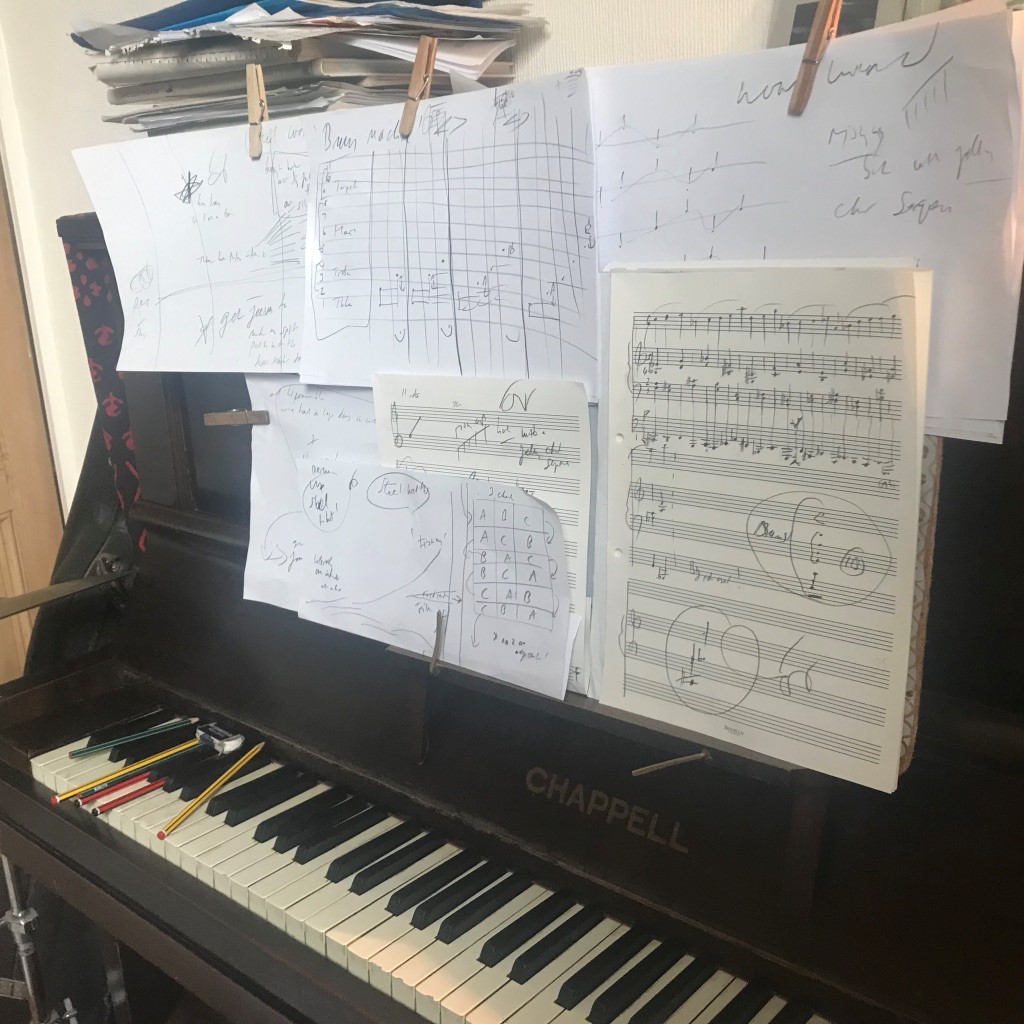
Hearing Places is premiered on Friday 17th February in the Hoddinott Hall Cardiff by the BBC National Orchestra of Wales.
By Colin Riley
Music extracts:
Colin has also written about his process in three blogs:
www.colinriley.co.uk